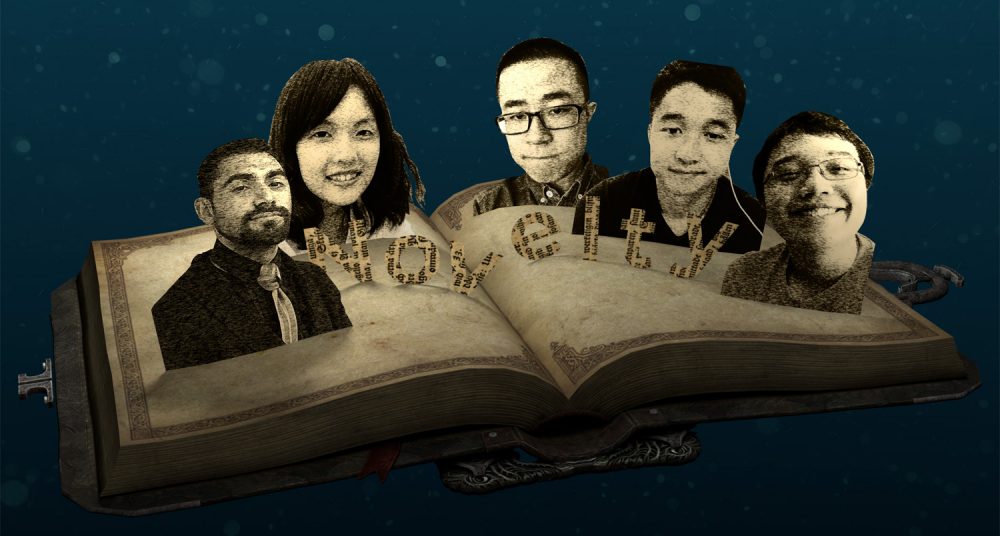By JACOB ROSENBLOOM
This week has been particularly good for beginning to brainstorm. It has been quite enjoyable to be leveraging some techniques I picked up from projects with HCI students. Before our client meeting on Tuesday, we sat together and discussed what we needed to find out or what information we thought would be useful for us to know about the libraries. We all took notes during the meeting, and after going over the notes, we were able to develop a list of what we saw as the library’s needs. This was a bit overwhelming because the library wanted a lot of different things. They wanted to have the younger patrons help the older patrons with tech support, to increase the visibility and accessibility of their resources, to have the library serve as a community center, to allow patrons easier search functionality of their databases, to bring in patrons that were between 5 and 18 that they lose to schools and other social venues, to improve the experience of their online component, and to make the library a more autonomous experience for their patrons to free up librarian time.
They wanted a lot, but we were able to use an affinity diagram to help sort all of their desires and give ourselves more clear objectives. This yielded three high-level categories into which all of the library’s requests fell. They were getting patrons to engage with the library space, getting patrons to engage with the library services, and getting patrons to engage with each other. Having these high-level goals for our project definitely showed us that not all of the library’s desires can be filled by this project; it would just be out of scope. We decided we could focus on one of these areas and hopefully create something that could be used as scaffolding for future projects to try and support the other two categories we did not pursue. We could now pick a direction for our project, but we were still lacking in crucial information — information that would determine the direction and form of our project.
We needed to know the patrons, the space, and the services if we were going to engage them and network one to another. This meant that we had to go down to Ashtabula, and sooner rather than later. We would also need to create a game plan and determine the questions to which we wanted answers. We decided that our biggest questions were the following: what resources do the libraries have, how are the patrons currently using the library, what do patrons want from their library experience, what are the barriers for the patrons in engaging with the library in satisfactory ways, and what are the recurring needs of the patrons that are just not getting met. Now that we had questions that needed answering, we needed a method to get those answers.
Drawing on my previous coursework in transition design, I began to research and draft an agenda to facilitate a codesign session with the patrons and the librarians. For reference material, I looked at my old course notes and lecture materials, talks by Marc Rettig and Hannah du Plessis, and a project to revitalize the Carnegie Library that took place in 2005 lead by Aradhana Goel of MAYA Design. Interestingly enough, the problems facing Carnegie Library fit into our affinity diagram almost perfectly, with Goel developing similar categories for areas of intervention. The process that they used was observing users and trying to use the different library resources as a patron. We took parts of this as well as adding a component of facilitation of discussion. This component is designed to get patrons in a space together with librarians, make them all comfortable talking, and describe their experiences, then narrow down areas they would like to see improved, discuss, and finally reflect. Hopefully, after we visit them on monday, we’ll have enough data from the patrons to form more granular categories of possible areas of intervention, which will help facilitate brainstorming in a stronger direction.
